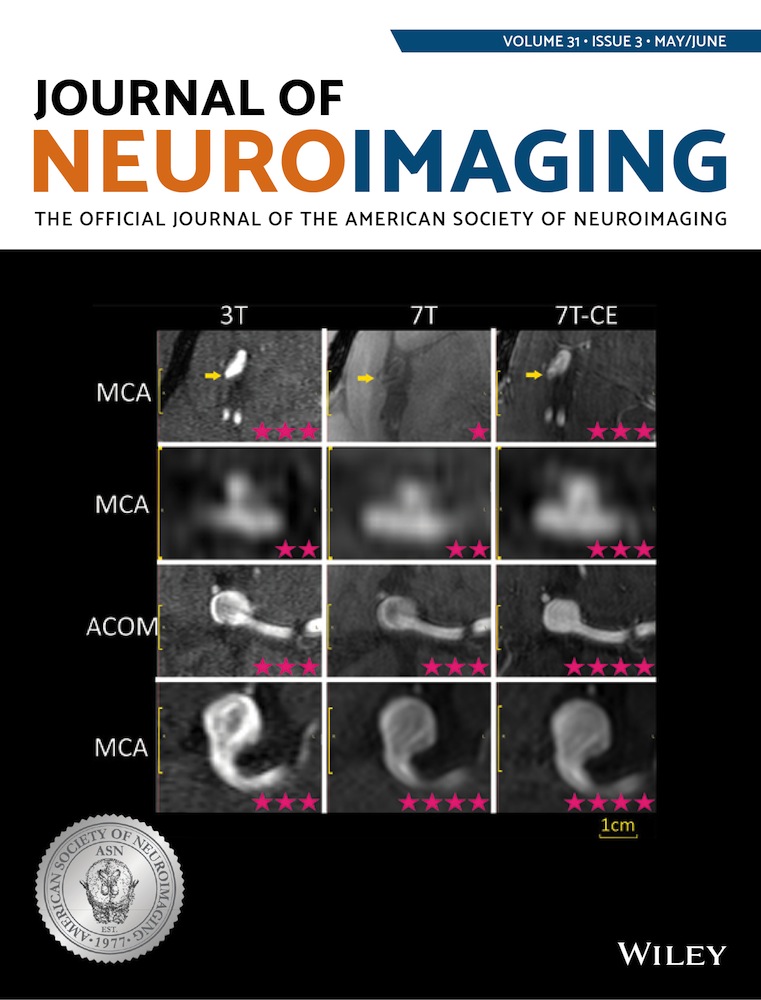Voxel-based morphometry for the evaluation of patients with pharmacoresistant epilepsy with apparently normal MRI
Abstract
Background and purpose
Magnetic resonance imaging (MRI) is essential in the diagnosis of pharmacoresistant epilepsy (PRE), because patients with lesions detected by MRI have a better prognosis after surgery. Focal cortical dysplasia (FCD) is one of the most frequent etiologies of PRE but can be difficult to identify by MRI. Voxel-based morphometric analysis programs, like the Morphometric Analysis Program (MAP), have been developed to help improve MRI detection. Our objective was to evaluate the clinical usefulness of MAP in patients with PRE and an apparently normal MRI.
Methods
We studied 70 patients with focal PRE and a nonlesional MRI. The 3DT1 sequence was processed with MAP, obtaining three z-score maps. Patients were classified as MAP+ if one or more z-score maps showed a suspicious area of brightness, and MAP– if the z-score maps did not show any suspicious areas. For MAP+ cases, a second-look MRI was performed with a dedicated inspection based on the MAP findings. The MAP results were correlated with the epileptogenic zone. The sensitivity, specificity, positive predictive value (PPV), and negative predictive value (NPV) were calculated.
Results
Thirty-one percent of patients were classified as MAP+ and 69% were MAP–. Results showed a sensitivity of 0.57, specificity of 0.8, PPV of 0.91, and NPV of 0.35. In 19% of patients, an FCD was found in the second-look MRI after MAP.
Conclusions
MAP was helpful in the detection of lesions in PRE patients with a nonlesional MRI, which could have important repercussions for the clinical management and postoperative prognosis of these patients.
CONFLICT OF INTEREST
The authors declare no conflict of interest.




